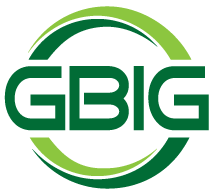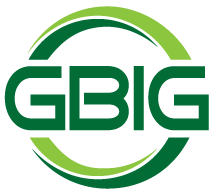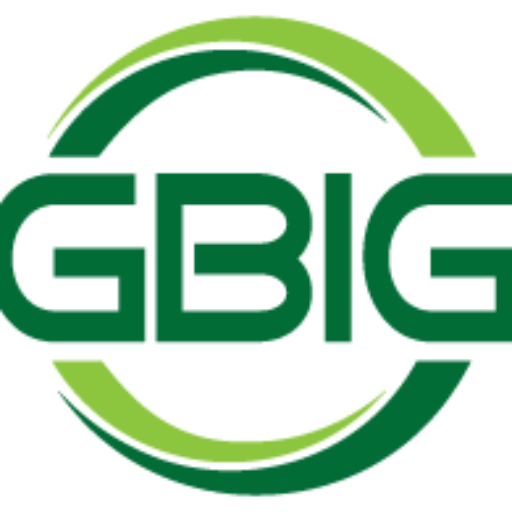Warren Packaging is a family-owned and operated company located in Ontario, California and has been in business since 1999. They provide custom labels, corrugated boxes, and folded cartons.
Owner and President Phil Warren, who after 30 years in the box and packaging industry, understood that a particular need was not being fulfilled by one company alone. Businesses of all sizes were forced to utilize multiple suppliers for their custom labels, corrugated boxes, and folded cartons. Phil decided to take on the challenge of making all these options available under one roof, and that roof became Warren Packaging. To help make his vision a reality, Phil brought in a team he knew would possess the same level of determination – his family.
Over the past several years, Warren Packaging has continuously increased facility size and capabilities to manage the growing volumes and demand, while developing new and innovative packaging for current and future customers. Phil says, “We believe that a great product deserves great packaging, and that is what we consistently strive to provide. We constantly continue to improve our facility and manufacturing practices in order to provide the highest quality labels, corrugated boxes, and folding cartons.”

In that spirit, Warren Packaging added the Domino N610i digital UV inkjet press in July 2021.
To discuss their label business, the growing demand for digital printing, and why they chose Domino, we caught up with the ‘next generation’ team at Warren Packaging. We were joined by Phil Warren Jr. (Vice President), Mike Dittenber (Vice President of Sales & Marketing), and Jose Ordaz (Digital Press Operator). Our visit was captured in this VIDEO: Warren Packaging & Domino.
The Big Three
Phil Warren Jr., begins, “What Warren offers is technology as we continue to move forward. We continue to invest in our equipment, and we can provide what a family business does provide… making sure you’re taking care of with the best quality equipment, as well as the best quality team. We are a label, box, and folding carton manufacturer. I’m third generation in this business. My grandfather was in corrugated. My father was in corrugated. We started the label company about 13 years ago, and then combined them all about 10 years ago. One of the big things that separates us from everybody else is what we call ‘the big three’. We do corrugated, folding carton, and labels. And we’re going to make sure that what you want, and your needs, are handled in a timely manner. And we’re also going to provide the same quality if not better, than what’s needed.”

“Digital is the way of the future”
Phil continues, “So, what we’ve done is invest in a lot of equipment and we continue to see that digital is the way of the future, because with digital I see that the younger generation can also stay in the business, and we can stay very much a part of the conversation as we move forward.”
Mike adds, “We originally got into digital printing on the corrugated side and then once we saw it come available on the label side, we saw that same opportunity.”
The Domino Effect
Mike continues, “When we started looking into digital equipment, we were looking for a partner that was going to grow with us. And Domino stood out to us. It was the best overall opportunity for us to partner with someone who could provide us with what we need as a manufacturer. It just expands our business so much more.”
Phil says, “When we did add the Domino, and one of the big factors of why we wanted Domino, was to move a lot of work from flexo to digital. With Domino, we’ve been able to do that… produce a thousand, maybe even 50,000 labels. And it also let us get into companies that we weren’t in before. For us, it’s been huge.”
Mike adds, “Having a Domino has definitely created opportunity for us, and filled the void between our previous capabilities and now what we’re able to offer to customers. We produce high quality product labels for a lot of different applications like bottles, clamshells, storage containers, boxes, bags…the list goes on and on. And to be able to have a piece of equipment that gives us that ability, and that customers can recognize the quality, it reassures us that we made a good decision in going with this equipment and working with Domino to achieve that for us.”
Making it Easy
Phil says, “Jose, who is my operator, had very little to no experience on equipment. We brought him in to run the digital, sent him for a week of training and he was ready to go. And he even came back and trained a couple people, as we keep growing and expanding that side of our business.”
Jose says, “I’ve been a press operator at Warren Packaging for three years and I’ve been working on the Domino for two. The easiest part of my job is operating the machine. It’s just a simple press with nothing complicated, which makes my coworkers think I don’t do much because I don’t move around or move any dials, and I keep my hands clean. The real secret is Domino makes it easy.”

The Domino Difference
Phil says, “So as far as the purchasing process of the Domino and what we dealt with, it was very hands on. They were here with us. They were making sure that we were taken care of as we moved forward, and it’s been a tremendous help. I knew that I bought a good machine, and I knew that I partnered with a good company. They’ve not only proved that to me, but to my people. And that’s the Domino difference.”
Mike adds, “From a sales and marketing perspective, I’m definitely glad that we got the Domino digital press. It’s given us capabilities that we’ve needed but didn’t have, and that just expands our business so much more.”
Phil concludes, “We are very much a relationship-based company, and we look for partners like Domino that are going to fit within that realm of what we do. And we are super excited to continue that relationship going into the future. Thanks, Domino.”
Domino is a leading manufacturer and distributor of digital printing and product identification solutions. Celebrating its 46th year in business, Domino is a global organization with world headquarters in the UK, and North America headquarters in Gurnee, IL. Domino has 25 subsidiaries, representation in over 120 countries, and over 3,000 employees worldwide. For more information on Domino digital printing, please visit dominodigitalprinting.com










